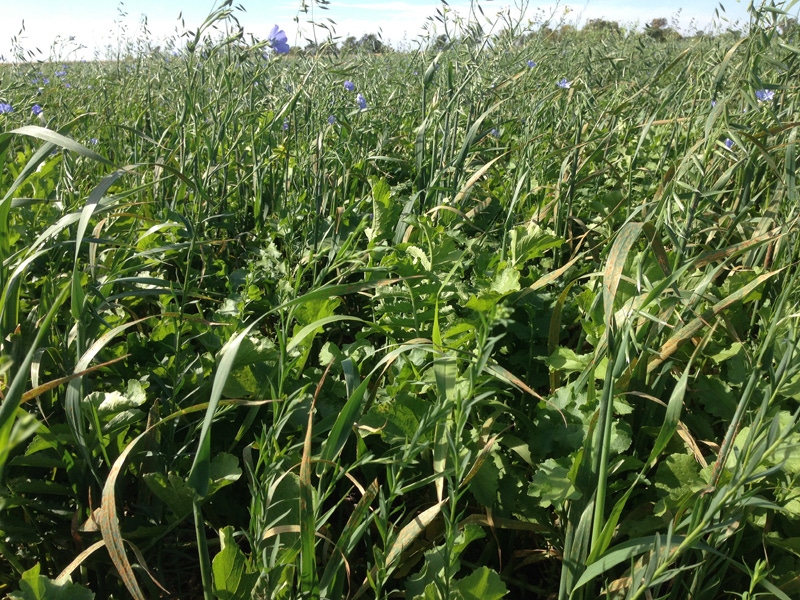December 29, 2016

The termination and reporting guidelines were updated for cover crops.
Termination:
The cover crop termination guidelines provide the timeline for terminating cover crops, are based on zones and apply to non-irrigated cropland. To view the zones and additional guidelines visit https://www.nrcs.usda.gov/wps/portal/nrcs/main/national/landuse/crops/ and click “Cover Crop Termination Guidelines.”
Reporting:
The intended use of cover only will be used to report cover crops. This includes crops that were terminated by tillage and reported with an intended use code of green manure. An FSA policy change will allow cover crops to be hayed and grazed. Program eligibility for the cover crop that is being hayed or grazed will be determined by each specific program.
If the crop reported as cover only is harvested for any use other than forage or grazing and is not terminated properly, then that crop will no longer be considered a cover crop.
Crops reported with an intended use of cover only will not count toward the total cropland on the farm. In these situations a subsequent crop will be reported to account for all cropland on the farm.
Cover crops include grasses, legumes, and forbs, for seasonal cover and other conservation purposes. Cover crops are primarily used for erosion control, soil health Improvement, and water quality improvement. The cover crop may be terminated by natural causes, such as frost, or intentionally terminated through chemical application, crimping, rolling, tillage or cutting. A cover crop managed and terminated according to NRCS Cover Crop Termination Guidelines is not considered a crop for crop insurance purposes.
Cover crops can be planted: with no subsequent crop planted, before a subsequent crop, after prevented planting acreage, after a planted crop, or into a standing crop.
Check the guidelines out here.
You May Also Like




